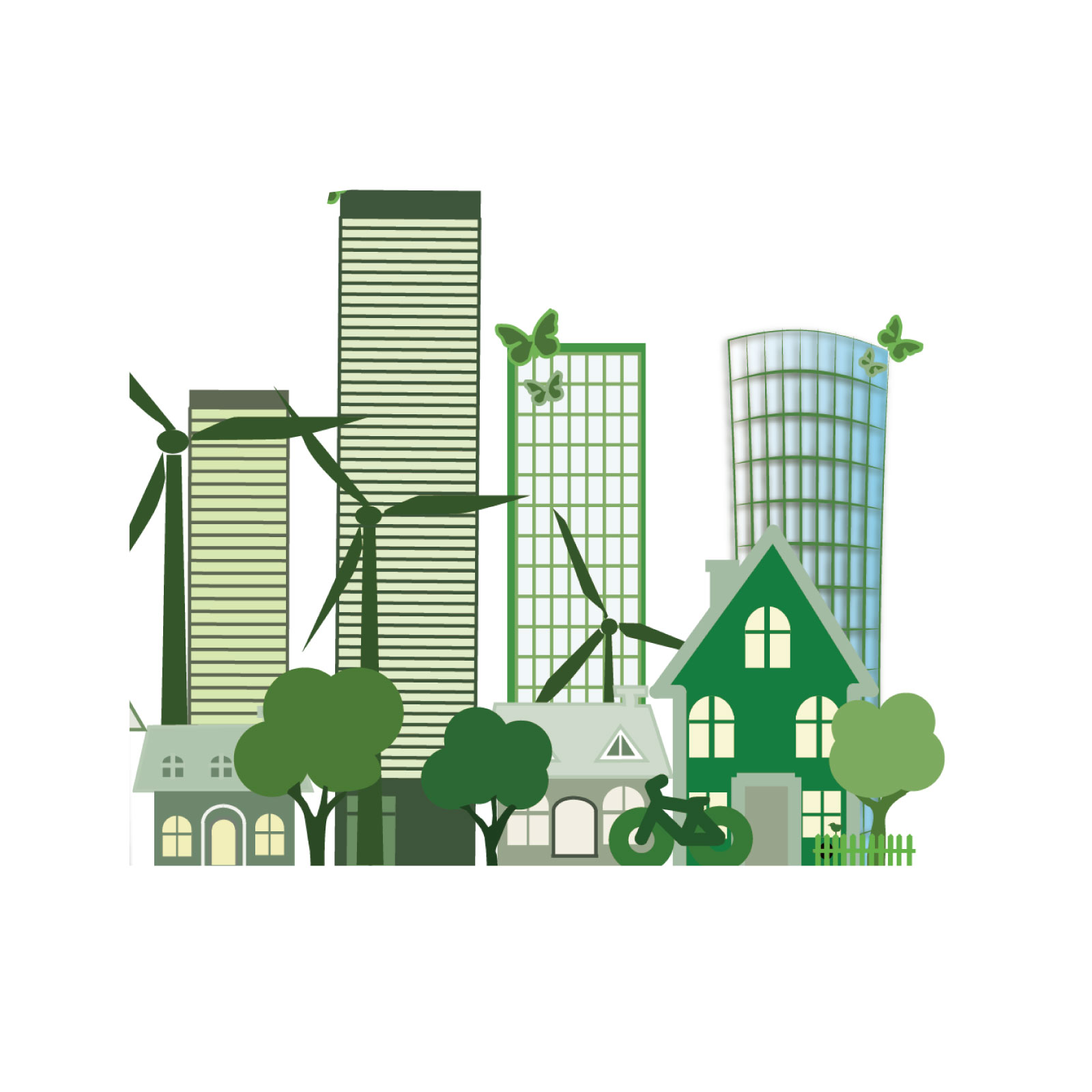- Product details
Building energy efficiency requirements
China is the world's largest construction market, with a total housing area of more than 40 billion square meters. At present, more than 95% of the newly built buildings in China are high energy consumption
Building construction; Only 4% of existing buildings have energy efficiency measures, making China the world's second-largest energy consumer. The huge building energy consumption has become a huge burden of the national economy, so it is imperative to save energy in the construction industry.
The energy consumption of public buildings in China accounts for about 70% of the total energy consumption of public institutions, of which the energy consumption of central air conditioning accounts for about 50% of the energy consumption of public buildings, and the energy consumption of lighting accounts for the entire building energy
In addition, it also includes the energy consumption of elevators, pumps, compressors, office equipment and so on. The energy consumption of various mechanical and electrical equipment has a large space for energy saving.
At present, most of the buildings are managed by manual, and the equipment management in the buildings such as elevators, air conditioners and lighting fixtures is extensive, and the real-time energy consumption data related to water, electricity, heating and gas in the buildings cannot be clearly grasped and analyzed, resulting in a great waste of energy. In this regard, Sanleng launched building energy-saving Iot solutions. The scheme can provide comprehensive energy-saving products and engineering services for shopping malls, government office buildings, schools, hospitals, hotels, airports and other large public buildings.
Building energy saving Iot solutions
Sanleng Building energy-saving IOT solution is based on LoRa/NB and other wireless communication technologies, equipped with corresponding sensing devices through intelligent gateway, wireless connection and control equipment
For example, temperature and humidity sensors, current sensors, voltage sensors, light sensors, switching/analog data acquisition devices, etc., the collected energy consumption data will be transparently transmitted to the server and cloud platform to achieve accurate control, fine management, high efficiency and energy saving of the entire building.
Building energy-saving Internet of things system composition
The building energy-saving IOT system is mainly composed of four parts: perception layer, transmission layer, application layer and terminal layer.
◎ Perception layer, including data acquisition module, current, voltage sensor, temperature and humidity sensor, street lamp controller, electricity meter, water meter, gas meter, etc.
◎ Transmission layer, including NB+5G or LoRa+5G gateway equipment, LoRa/NB wireless connection equipment, wireless transmission network, etc.
◎ Application layer, mainly a building energy consumption monitoring and management platform, is responsible for monitoring, managing and analyzing the real-time data of the whole Internet of Things system acquired by the perception layer;
◎ Terminal layer refers to smart phones, Ipads, computers, PCS, etc., which can obtain real-time operating data and fault alarm information of devices in the system in time.
Product advantage
Data transparency Sensor equipment with integrated perception, communication, calculation, self-inspection and other functions can be installed on the main energy consumption points of water, electricity, gas and other buildings to realize accurate acquisition and transmission of energy consumption data, and achieve full transparency of energy consumption data. Temperature, humidity and light sensors are configured in the main nodes of the building to automatically perceive the indoor temperature and temperature and provide humanized services for the building.
Energy consumption analysis Installs management software for the building management department, summarizes and analyzes the data collected by the sensing equipment, excavates the energy consumption rules of electricity, water supply, air conditioning and other types, and finds the normal use of energy and the wasted time, space, behavior and other factors.
Energy saving control According to the data analysis can establish the energy consumption monitoring alarm strategy, in the abnormal state of energy consumption in a timely alarm, through the PC or mobile phone remote shutdown critical or empty energy state related equipment, reduce waste. In addition, the device can monitor device status, diagnose faults, and manage critical alarms.
◇ Easy construction and low cost hardware facilities are wireless Internet of things transmission, no wiring, under the normal operation of energy supply facilities can be constructed, minimizing the difficulty of construction and the impact on normal operation.
Ground source heat pump air conditioning system
Ground source heat pump air conditioning is the use of energy saving and environmental protection of the ground source heat pump system, its cold and heat source using flexible installation, easy to control the buried pipe soil source heat pump system, also known as the soil coupling heat pump system. In this way, water is used as the carrier of cold and heat. The water circulates between the heat exchanger pipe buried in the soil and the heat pump unit, so as to realize the heat exchange between the unit and the earth soil.
Air source heat pump air conditioning system
Sanleng air source heat pump air conditioner, that is, using the reverse carnot principle, with very little power, to absorb a large number of low temperature heat in the air, after turning on the power supply when the pump, axial flow fan running, outdoor air through the evaporator heat exchange, air temperature is reduced by the fan exhaust system, at the same time, the inside of the evaporator working medium heat vaporization drawn into the compressor, The compressor compresses the low-pressure working medium gas into high-temperature and high-pressure gas and sends it to the condenser. The water that is forced to circulate by the pump also passes through the condenser and is heated by the working medium and sent to the user for use. The working medium is cooled into liquid, which flows into the evaporator again after being throttled by the expansion valve. Continuously absorb the heat of low temperature source and output the heated water, directly to the predetermined temperature.









